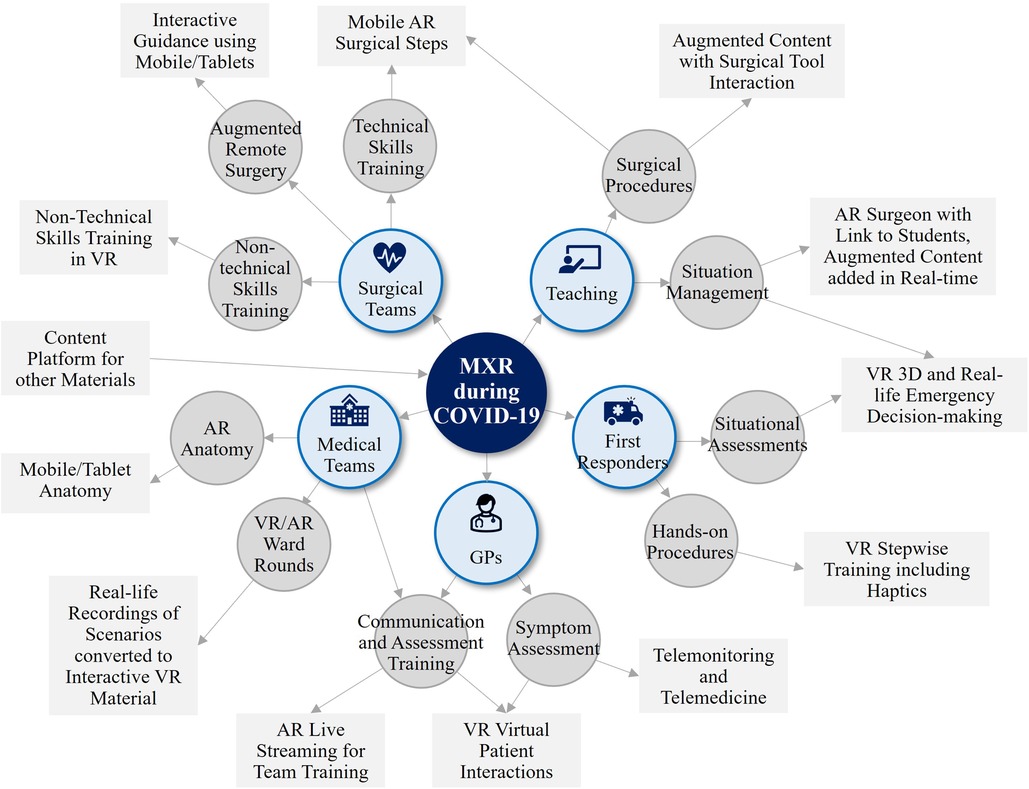HIMSS Analytics Introduces Maturity Assessment Model to Enhance Smart AI Implementation

**HIMSS Analytics Introduces Maturity Assessment Model to Enhance Smart AI Implementation**
The rapid advancement of artificial intelligence (AI) in healthcare has brought about transformative changes in how care is delivered, managed, and optimized. However, with these advancements come challenges related to the effective and responsible implementation of AI technologies. To address these challenges, HIMSS Analytics, a globally recognized leader in healthcare IT data and analytics, has introduced a new Maturity Assessment Model designed to enhance the deployment and integration of AI in healthcare settings. This model aims to provide healthcare organizations with a structured framework to assess their readiness and maturity in adopting AI solutions, ensuring that AI is implemented in a way that maximizes benefits while minimizing risks.
### The Growing Role of AI in Healthcare
AI has the potential to revolutionize healthcare by improving diagnostic accuracy, enhancing patient outcomes, reducing operational inefficiencies, and enabling personalized medicine. From AI-driven imaging tools to predictive analytics for population health management, AI applications are becoming increasingly prevalent across the healthcare ecosystem. However, successful AI implementation requires more than just technology adoption. It demands a comprehensive understanding of organizational readiness, data governance, workforce capabilities, and ethical considerations.
### The Need for a Maturity Assessment Model
Despite the growing interest in AI, many healthcare organizations struggle with the complexities of integrating AI into their existing workflows. Challenges such as data quality, interoperability, staff training, and regulatory compliance can hinder the successful deployment of AI technologies. Moreover, organizations often lack a clear roadmap to guide them through the various stages of AI adoption.
Recognizing these challenges, HIMSS Analytics developed the Maturity Assessment Model to provide healthcare organizations with a standardized approach to evaluate their AI readiness. The model helps organizations identify gaps in their current capabilities, prioritize areas for improvement, and create a strategic plan for AI adoption that aligns with their clinical and operational goals.
### Key Components of the HIMSS AI Maturity Assessment Model
The HIMSS AI Maturity Assessment Model is designed to assess an organization’s AI capabilities across several key dimensions. These dimensions include:
1. **Data Infrastructure and Management**: AI relies heavily on high-quality data to deliver accurate insights. This dimension assesses the organization’s ability to collect, store, and manage data in a way that supports AI applications. It also evaluates the organization’s data governance policies, including data privacy, security, and interoperability.
2. **AI Strategy and Governance**: A clear AI strategy is essential for successful implementation. This dimension examines whether the organization has a defined AI strategy that aligns with its overall mission and goals. It also assesses the governance structures in place to oversee AI initiatives, including leadership involvement, ethical considerations, and regulatory compliance.
3. **Workforce Readiness**: AI adoption requires a workforce that is skilled in both clinical and technical aspects of AI. This dimension evaluates the organization’s efforts to train and educate staff on AI technologies, as well as its ability to attract and retain AI talent.
4. **Clinical and Operational Integration**: For AI to deliver value, it must be seamlessly integrated into clinical and operational workflows. This dimension assesses the organization’s ability to incorporate AI into its day-to-day operations, including how AI tools are used to support clinical decision-making, patient care, and administrative processes.
5. **Performance Measurement and Outcomes**: AI should deliver measurable improvements in patient outcomes and operational efficiency. This dimension evaluates the organization’s ability to track and measure the impact of AI on key performance indicators, such as patient satisfaction, clinical outcomes, and cost savings.
6. **Ethical and Regulatory Considerations**: AI in healthcare raises important ethical and legal questions, particularly around patient privacy, bias, and accountability. This dimension assesses the organization’s approach to addressing these concerns, including compliance with relevant regulations and the implementation of ethical AI practices.
### Benefits of the HIMSS AI Maturity Assessment Model
The HIMSS AI Maturity Assessment Model offers several key benefits for healthcare organizations looking to adopt AI:
– **Structured Roadmap for AI Adoption**: The model provides a clear, step-by-step framework that organizations can follow to assess their AI readiness and maturity. This helps organizations avoid the pitfalls of ad-hoc AI implementation and ensures that AI is adopted in a strategic, coordinated manner.
– **Identification of Gaps and Opportunities**: By evaluating their capabilities across multiple dimensions, organizations can identify specific areas where they need to improve to successfully implement AI. This allows them to prioritize investments in areas such as data infrastructure, workforce training, or governance.
– **Improved Decision-Making**: The model helps organizations make informed decisions about AI adoption by providing a comprehensive view of their readiness. This reduces the risk of costly mistakes and ensures that AI investments are aligned with the organization’s overall goals.
– **Enhanced Collaboration and Accountability**: The model encourages collaboration across different departments, including IT, clinical, and administrative teams. It also promotes accountability by establishing clear governance structures to oversee AI initiatives.
– **Ethical and Responsible AI Implementation**: By emphasizing ethical and regulatory considerations, the model ensures that AI